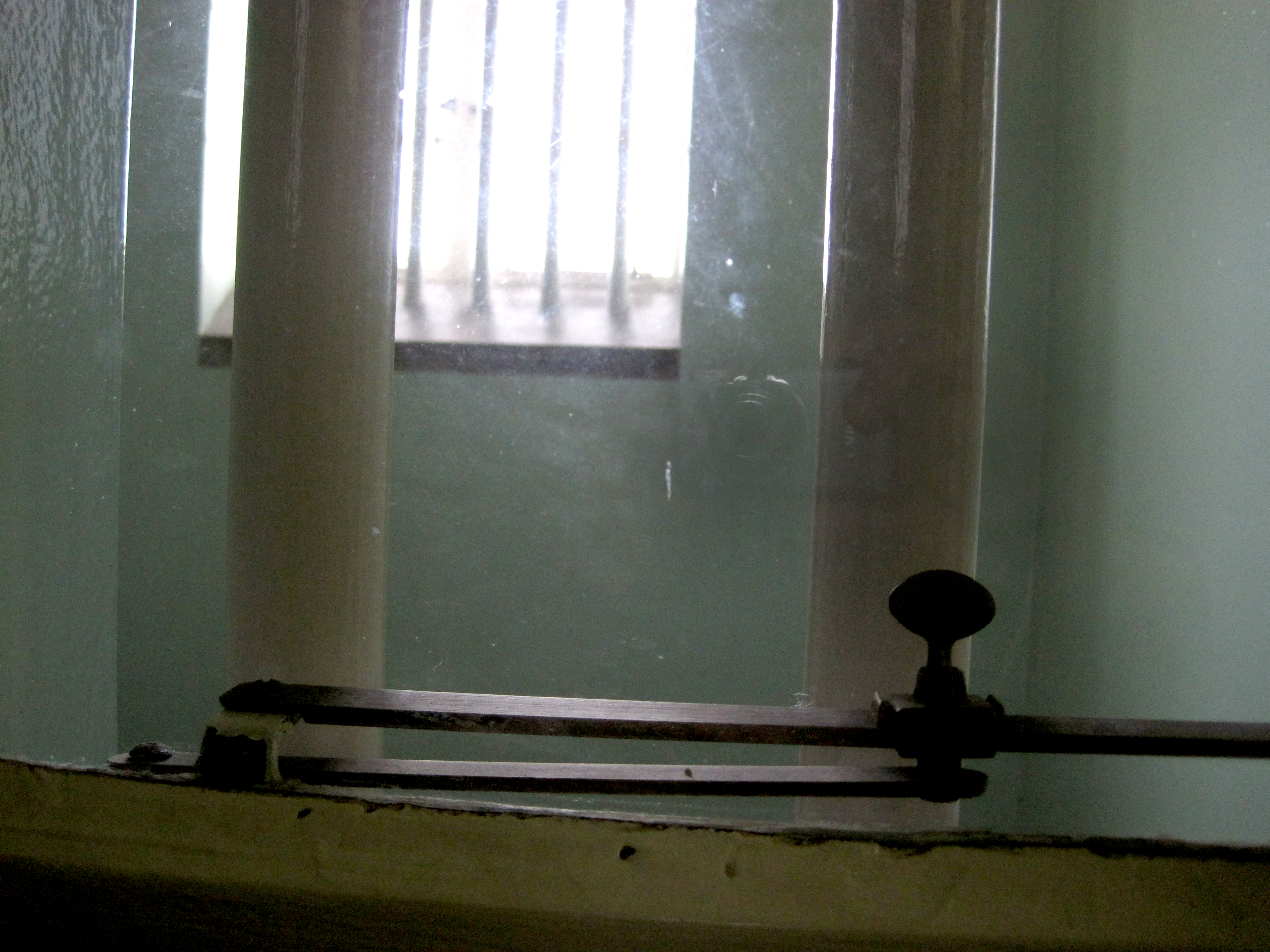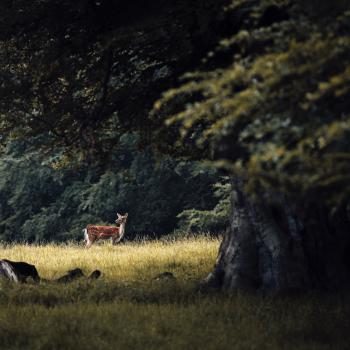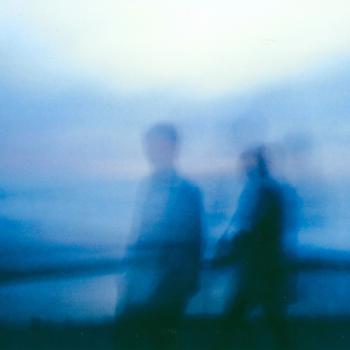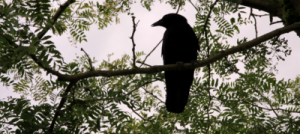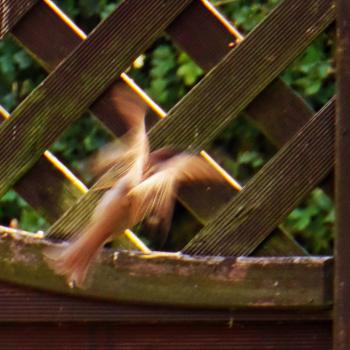By Tyler McCabe
We set sail for Robben Island prison at noon amid five-foot swells. The Atlantic was dark and agitated like a clubbed fish, and my camera pitched around my neck. We would be attending the official educational tour of the island.
Viewing, that is, the whole God-awful shebang: communal cells which held civilians and activists during apartheid, single cells which held Muslim leaders from the East Indies and indigenous African leaders, the limestone quarry where prisoners worked with pick and spade, the graveyard for lepers, the church for officers, and the maximum security cell where South Africa’s first democratic president, Nelson Mandela, was held for eighteen years.
The ferry churning through Table Bay held sixteen hunkering tourists composing a small army of sight: thirty-two eyes, sixteen cameras. We strapped cameras to our bodies like firearms.
Sixteen is barely a fraction of the number of cameras the prison hosts in a year. Since the island was turned into a museum in 1997, thousands of people have traveled to the site annually. But imagine lining sixteen cameras up on a table side by side, and it’s a notable amount of recording technology, even laughable. Why so many angles?
I’ve found that questioning photography is like applying a corrosive agent to skin, revealing uncomfortable layers, more questions.
The easiest answer is that photography is the cheapest it’s ever been. Today is the heyday of digitization, pocket cameras, Instagram. You press a button; you steal some light. Pluck a square from the world and call it yours. Maybe mistake it for real. Which it isn’t, of course.
Spread your eyes wide, notice the horizon of sight from your left eye to your right, periphery to periphery; which square do you choose? What or whom do you include? And more importantly, what or whom do you leave outside the frame?
An hour into the tour, my friend Lyndsay and I stood before Mandela’s cell. Pointing my camera suddenly seemed like jabbing at a wound. I snapped a shot, gave up.
A young black couple stepped around us to stand in front of the cell. The woman was wearing a beige beret and gold earrings. I watched as she posed for a photograph there, first smiling, and then unsure, blank-faced. The click, an awkward silence, and then they were gone.
You have to wonder what we mean by it. Sixteen shooting at a room of stone. “Eighteen years of his life,” the tour guide repeated. Is it the magnitude of a past we were not present for? Is it some need to commemorate the pilgrimage? Is it a subconscious fear that our lives, without commemoration, will sink into something blacker than the Atlantic? Do we collect light for the sake of self, or posterity?
Right now cameras are stalking the base of Big Ben. Tripods are being erected inside the houses of the wealthy. Any sun-soaked place is uploading from our phones and coloring the web. Pointing and shooting is inexpensive, quick, and gratifying. It is, for many of us, an enjoyable freedom: to capture our lives as momentary streaks of light across an infinite sky.
But Mandela once wrote, “For to be free is not merely to cast off one’s chains, but to live in a way that respects and enhances the freedom of others.”
And I wonder what is really going on when we point a camera at a home that is not ours, or a church, or a gravesite. I wonder what it means to photograph a foreigner, hang pictures of their children in our coffee shops, to snap unthinkingly at the farmer in the farmer’s market, or shoot the old couple in the park.
None of us believe the folk wisdom that a camera steals the soul of its subject. But I wonder if image capture takes something or someone captive all the same.
In Mandela’s cell I ran my fingers along the stonewall, which appeared soft in the diffused light from a single barred window. It was hard as tundra. The florescent light overhead was switched off. I tried to imagine myself locked in for the night.
Lyndsay nudged me, pointing at the light switch as we exited. The light switch is on the outside.
It is not just trivializing the sacred that I wonder about, but an entire imbalance of power.
A wealth of photography is likely many things, but almost certainly this: a wealth of control of light, which falls across the world unequally. South Africans understand better than most how control of the spotlight of history can be used toward toxic purposes, sentencing one or more peoples to invisibility, romanticism, or even criminalization.
If the camera with its ability to rend a scene from a complex world is able to similarly exclude poverty and ignore pain, both personal and community-wide, if it can create false realities, if it can alienate, debase, or stereotype the other, then I pray we use it with conscious care and intent, so that our army of lenses brings healing and not further bondage.
Circling up in the courtyard, our guide showed us a tangle of greens that was apparently a small garden Mandela had been allowed to tend. I raised my camera—and hesitated, wondering at the consequences.
I snapped the photo. I did it with much trepidation.
Tyler McCabe is the program coordinator of the Seattle Pacific University MFA in Creative Writing program and managing editor of Image Update, Image’s biweekly e-newsletter. He has served as a reader in the Pacific Northwest Writers Association’s annual poetry contest, and his nonfiction has been honorably mentioned in Best American Essays.

